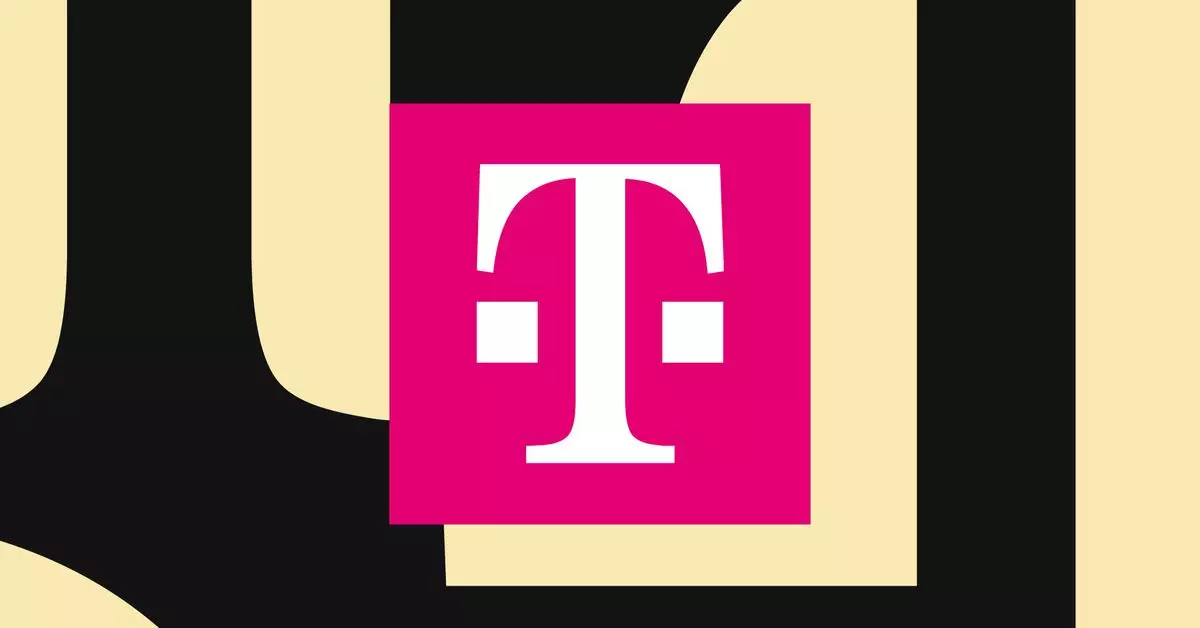In a groundbreaking move, SpaceX and T-Mobile have recently been granted provisional approval by the Federal Communications Commission (FCC) to provide direct-to-cell service via Starlink satellites, specifically targeting regions affected by the devastating Hurricane Helene. This collaboration aims to restore communication in areas that have been severely hampered by the natural disaster, particularly in North Carolina, where the impact has been most acute.
Hurricane Helene has left many communities flooded and isolated, leading to significant communication blackouts. According to reports, the satellites have begun transmitting emergency alerts to cell phones across all networks in North Carolina, demonstrating an immediate commitment to public safety. Furthermore, T-Mobile subscribers are likely to experience some basic SMS texting capabilities, although it’s important to recognize that these services are experimental and will operate on a best-effort basis until the full constellation of satellites is operational.
Challenges Faced by the Satellite Initiative
While the initiative marks a significant advancement in disaster response technology, it is still in its nascent stages. The comprehensive constellation of satellites required for robust, continuous service is not yet fully deployed. This limitation raises concerns about coverage reliability and service quality, particularly when the urgency of disaster recovery is at its peak. Moreover, the technology’s effectiveness is contingent on various factors, including atmospheric conditions and the physical obstructions that might impact signal reception.
The direct-to-cell service initiative has encountered pushback from established telecom giants like AT&T and Verizon, who have expressed apprehensions about potential signal interference with their own cellular networks. Their objections highlight the ongoing tensions within the telecommunications industry as new technologies emerge that challenge traditional communications frameworks. The FCC’s approval of this initiative underscores the agency’s recognition of the necessity for innovative solutions during crises, but it also brings to the forefront the importance of harmonizing interests in the competitive landscape.
The Future of Satellite-Based Communication
As technology continues to evolve, the potential for satellite-based communication systems to enhance emergency response efforts cannot be overlooked. The ability to deliver communication services where terrestrial networks fail can be a game changer in disaster scenarios, potentially saving lives by ensuring that emergency services can reach affected individuals. The success of this pilot program could serve as a model for future collaborations between private aerospace entities and telecommunications providers, ultimately leading to a more resilient communication infrastructure.
While the SpaceX and T-Mobile alliance presents promising prospects for emergency communications, it is imperative to remain cognizant of the challenges it entails. As we witness the unfolding of this initiative in response to Hurricane Helene, the effectiveness of satellite technology in real-time crisis situations will likely shape the future of connectivity in disaster-stricken areas. The journey ahead will necessitate continued innovation, cooperation, and vigilance within the telecommunications sector.


Leave a Reply